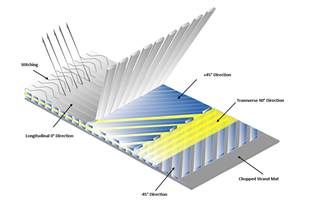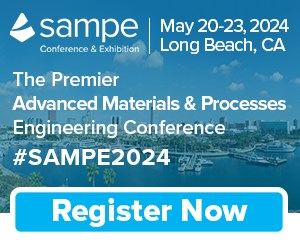Composite materials offer many advantages over traditional structural materials in terms of tailoring properties to meet specific design requirements. However, knowledge on how to effectively utilize these differences—especially during the early design phase—can produce non-optimal structures that do not live up to the potential of this material class. In this presentation, key differences between designing with laminated polymer composite materials and legacy materials (such as metals and plastics) will be discussed along with specific mathematical assumptions that will make working with composites more palatable and less overwhelming to the non-composite engineer. Key resources, references and property validation steps will also be given along with several basic examples of composite design in action across different application areas.
Agenda:
- Major initial design differences between composites and legacy materials
- Key hand calculations used when designing with composite materials
- Validation of estimated composite material properties (i.e. testing)
- Primary references and guidelines for designing with composites
- Preliminary design of several applications using composites












.jpg;maxWidth=300;quality=90)
